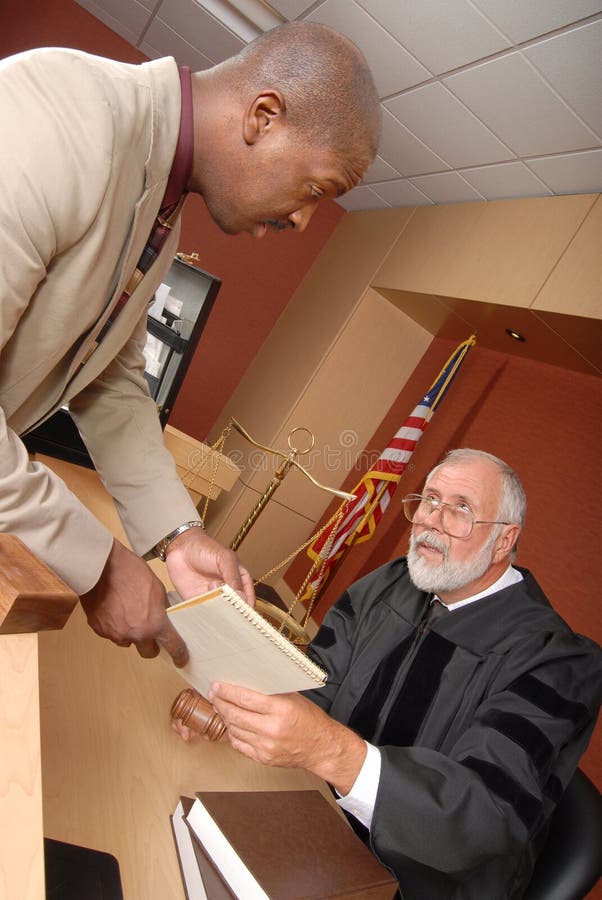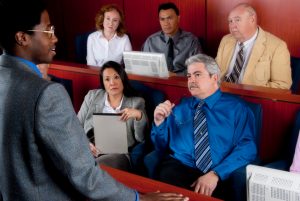Browsing the Complexities of Test Presentations: Tips for Seamless Shipment and Engaging Disagreements
In the realm of legal proceedings, the art of test presentation stands as a crucial component of success. The intricacies inherent in test discussions require a delicate equilibrium of ability, finesse, and technique.

Understanding Test Goals
To efficiently browse a trial, it is essential to have a clear understanding of the objectives that need to be achieved. Prior to entering the courtroom, lawful groups need to define their goals and wanted end results. These goals serve as assisting concepts throughout the trial, shaping methods and influencing decision-making processes.
Comprehending test purposes involves a thorough analysis of the case, legal precedents, and the customer's finest rate of interests. Trial Presentations. It calls for a meticulous exam of the realities, determining essential concerns, and anticipating possible challenges. By setting measurable and certain objectives, lawyers can customize their discussions and arguments to line up with the desired outcomes
Additionally, a clear grasp of test purposes makes it possible for lawful groups to prioritize evidence, witnesses, and legal disagreements successfully. It allows for the growth of a systematic story that resonates with the judge and court, enhancing the general instance presentation.

Organizing Evidence Properly
Having a clear understanding of trial objectives lays the foundation for arranging proof properly in lawful procedures - Trial Presentations. By lining up the discussion of evidence with the preferred results of the trial, legal groups can reinforce their disagreements and improve their persuasiveness. One vital element of arranging evidence is categorization. Grouping proof based on themes or significance to specific legal elements can help enhance the presentation and make intricate details much more absorbable for the judge or jury.
An additional secret component in organizing proof efficiently is developing a logical circulation. Presenting evidence in a systematic and sequential way can help build a compelling story that supports the legal debates being made. Furthermore, making use of visual aids such as graphs, graphes, or timelines can further improve the company of proof and assist in clearing up intricate relationships or sequences of occasions.
In addition, guaranteeing that all proof offered is appropriate and permissible to the instance is important. Pointless or inadmissible evidence can diminish the stamina of the disagreement and possibly damage the credibility of the here and now celebration. A precise evaluation and choice process ought to be carried out to include only the most impactful and legally sound proof in the test discussion.
Crafting Convincing Narratives
Crafting compelling stories plays a critical role in providing persuasive debates during lawful proceedings. When creating a narrative for a test presentation, it go to my site is crucial to establish a clear story that highlights essential points and links them in a coherent way. By weaving with each other evidence, testament, and legal debates into a convincing and natural narrative, lawful professionals can successfully support for their clients and boost the likelihood of a positive address outcome in the court.
Understanding Visual Aids
Reliable usage of visual aids is vital to enhancing the effect and quality of test presentations. find here Visual help, when made use of strategically, have the power to simplify complicated details, reinforce essential factors, and leave a long-term impression on the discretionary. To grasp aesthetic help in test presentations, it is important to make sure that they are clear, succinct, and pertinent to the arguments being made.
When incorporating visual aids, such as charts, charts, timelines, or photos, right into a test discussion, it is important to keep them visually appealing yet professional. The visuals ought to match the verbal disagreements, offering a visual representation of the information being talked about without overwhelming the audience with unnecessary information.
Moreover, exercising with the aesthetic help in advance is essential to ensure a seamless distribution throughout the test. Familiarizing oneself with the material, transitions, and timings of each visual help can aid preserve the flow of the presentation and prevent technological problems that may arise.
Delivering Impactful Closing Debates
An engaging closing argument offers as the culmination of a test presentation, encapsulating the core story and convincing the court and jury in the direction of a favorable decision. Begin by laying out the main arguments that support your customer's setting, stressing why the evidence offered throughout the trial supports your story.
Furthermore, integrating psychological allure can better reinforce your closing argument. Ultimately, a well-crafted closing argument ought to leave a long lasting perception, engaging the judge and jury to rule in your client's favor.
Final Thought
Finally, grasping test discussions includes comprehending goals, organizing evidence, crafting narratives, utilizing visual help, and supplying impactful closing debates. By applying these approaches properly, legal representatives can offer their situation effortlessly and make compelling arguments in the courtroom. It is crucial to browse the intricacies of test presentations with precision and ability to attain success in legal proceedings.
By aligning the discussion of proof with the preferred outcomes of the test, lawful teams can strengthen their debates and improve their persuasiveness (Trial Presentations). To master visual help in trial presentations, it is critical to make sure that they are clear, concise, and relevant to the debates being made
A compelling closing argument offers as the conclusion of a trial discussion, encapsulating the core story and convincing the judge and court towards a desirable choice. Begin by outlining the major disagreements that sustain your client's position, highlighting why the evidence offered throughout the trial sustains your narrative.In verdict, mastering test presentations entails understanding purposes, organizing proof, crafting narratives, making use of visual help, and delivering impactful closing disagreements.